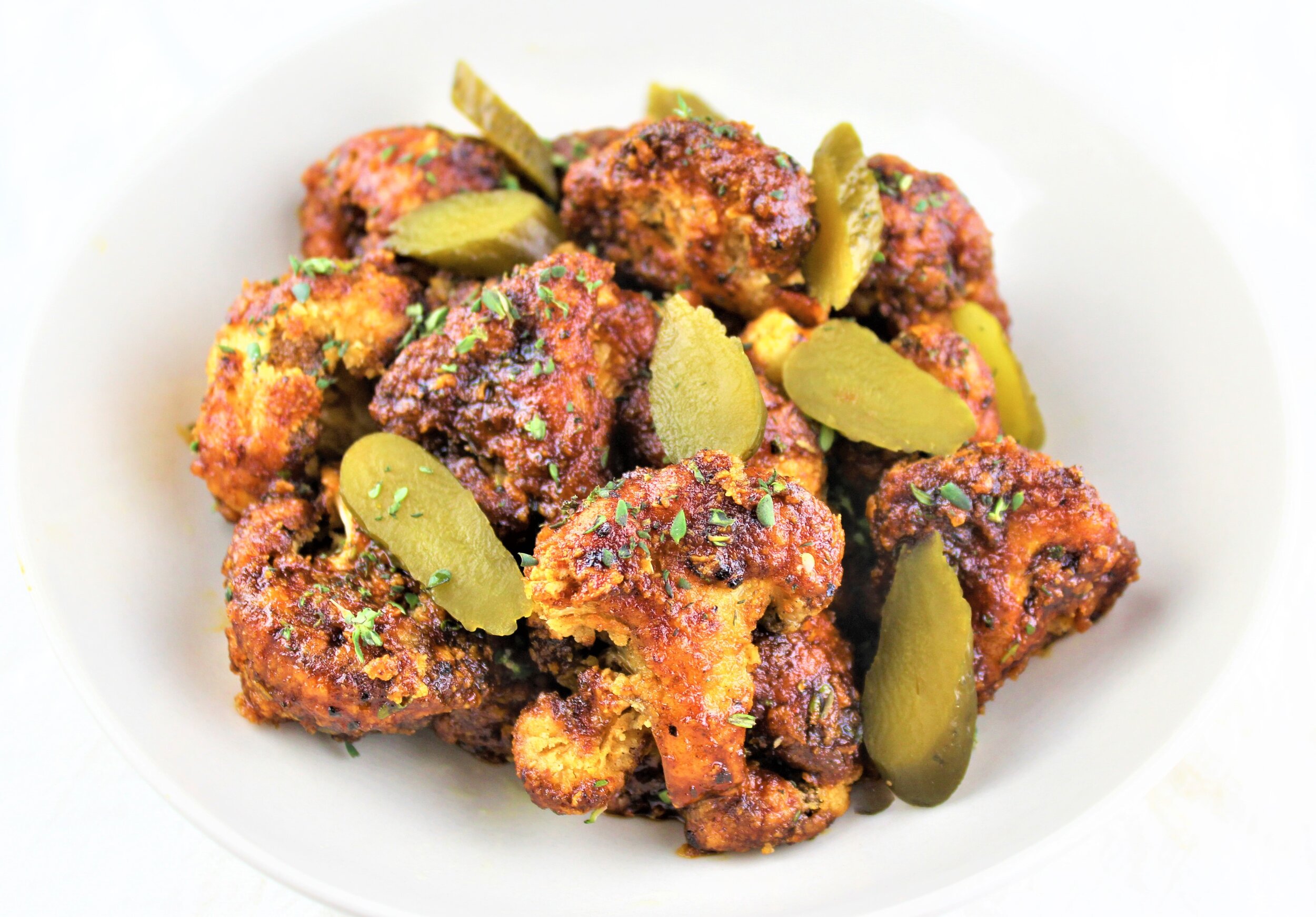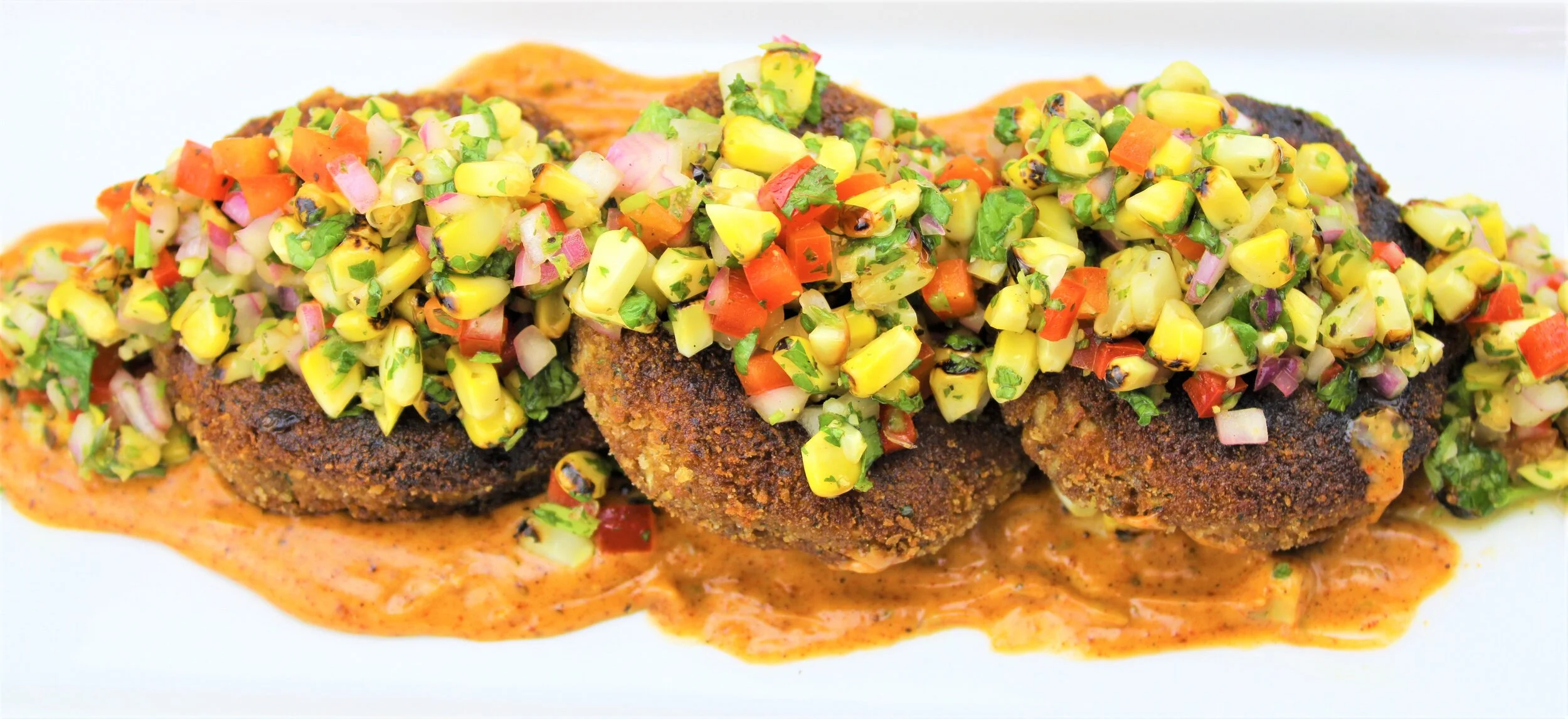Old-fashioned Vanilla Ginger Beer
Step aside ginger ale and make room for the new—er, old—kid on the block. This recipe returns to ginger beer’s fermented roots with an added dash of vanilla for extra flavor. Once you taste this crisp, zingy ginger beer, it will be hard to return to store bought ginger ales. It’s the perfect recipe for those new to fermenting beverages: simple with very little active prep time. (Photo credit: Emily Anderson)
| Yield: 1 gallon | Time: 45 minutes (active) |
Ingredients
1 cup brown sugar
¾ cup white sugar
2 lemons
2/3 cup ginger
¾ tablespoon vanilla extract
¼ - ½ teaspoon ale yeast
1 gallon filtered water
Preparation
Read this before continuing: When bottling the finished ginger beer (after straining) only use glass bottles that are specifically meant for carbonated beverages—do not use ones that are described as “decorative” or intended for wines, oils, or vinegars. Decorative glass bottles and mason jars will not be able to handle the pressure that will build as the ginger beer continues fermenting and could explode. Re-used or new beer bottles are excellent choices. Swing-top (or E.Z. cap) bottles are a bit more expensive on their own, but don’t require special bottling equipment. You can find new ones on this site, but again, make sure to double check that they are intended for beer. You can also reuse plastic liter soda bottles if you don’t want to buy glass ones.
Bring 1 gallon of filtered water to a boil and then remove it from heat. Add the juice from the lemons, the lemons themselves, the sugar, ginger, and vanilla extract and stir until the sugar is dissolved. Cover the pot.
Let the mixture cool until about 70F or for about 10 hours. Add the yeast, stir, and cover the pot again. Let sit for 48 hours.
By the end of 48 hours, you should see small bubbles rising to the top of the mixture. You may even see some foam.
To prepare for bottling, first wash your bottles (remember my note above) with hot, soapy water, making sure to rinse them thoroughly.
Place a fine strainer over a large bowl and pour in the ginger beer. You may need to repeat this several times while bottling if using a bowl that holds less than a gallon.
Fill the bottles until where the neck begins to taper or about ¾ full using a funnel to prevent major spills. Don’t fill the bottles completely—leaving headspace is critical because it creates a space for the carbon dioxide that will get released as the ginger beer continues to ferment. Without it, the bottle could explode.
Cap the bottle and let it ferment at room temperature for an additional 10-24 hours. The longer it sits at room temperature, the more carbonated it will be.
Then store the bottle in the fridge until you’re ready to open it. When opening, make sure to do so near a sink the first time. Not all beverages carbonate the same way and you want to make sure that you have a place to take care of an overly foamy beverage. Serve with ice and a slice of lemon.
Zero-waste tips
• Make sure to compost your leftover lemon and ginger!











